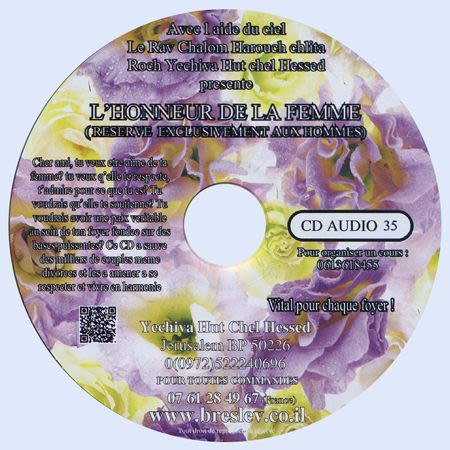
The Desert Test
Every individual must go through a number of challenges – the obstacles that one must overcome – on the way to his personal gain, and especially to merit the Torah...

Translated by Rabbi Lazer Brody
Rebbe Natan of Breslev asks (Likutei Halachot, Choshen Mishpat, Collecting Debts from Orphans, 3) why the Torah was given in the desert? The desert is home to snakes, scorpions and windstorms. Wouldn’t it have been better to wait until the Nation of Israel entered the Land of Israel and conquered it? Then Hashem could have given the Torah when the Nation would have peace of mind, in the holy city of Jerusalem, about which the verse says “For from Zion the Torah will come forth.”
Rebbe Natan explains how the Torah, given in the desert, teaches us a core principle in serving the Creator: Before we can merit the Torah, we must past the ‘desert test.’ The entire Nation of Israel had to traverse through the desert on the way to Mount Sinai, enduring all sorts of trials on the way so as to refine itself. In the same way, every individual must go through the ‘desert test’ – the obstacles that one must overcome – on the way to his personal gain, and especially to merit the Torah. Rebbe Natan says: “For before a person merits a revelation in Torah or service of Hashem – which are an aspect of the receiving of the Torah – there must first  be confusion, doubt and many obstacles, lusts, distractions and the like…”
be confusion, doubt and many obstacles, lusts, distractions and the like…”
Every Torah achievement that we attain is a facet of ‘receiving the Torah.’ For this we make the blessing, “Blessed Are You, Hashem, Who gives the Torah” every day. On the surface, we should make the blessing in past tense: Who gave the Torah. After all, Hashem gave the Torah in the past on Mount Sinai. Why, then, do we say “Who gives the Torah” in present tense? When a person learns and comprehends the Torah, he experiences his own personal receiving of the Torah on a daily basis. Every day, the Creator gives the Torah anew to whoever wants to receive it. In the Shema Yisrael prayer, we say: “And these things that I command you today should be on your heart.” Our Sages explain that, every day, they should be as new to you as the day they were given on Mount Sinai.
Furthermore, our Sages say that the Torah is available to anyone who seeks it: “The crown of Torah is placed before us, and he who wants to partake of it can come and take.” They continue, “However, each person receives the Torah in accordance to his work and effort.” Some people receive the book of Torah and put it on the shelf. That is not called receiving the Torah. Other people learn parts of the book, but do not understand what they are learning. That is also not really receiving the Torah. Then there are those who understand but do not fulfill what is written. That is also incomplete reception of the Torah. Receiving the Torah takes place when a person works hard to understand the words of Torah, internalize them and fulfill them!
Without effort, we achieve nothing. A person who thinks that he can take it easy yet still attain Torah will achieve nothing. Receiving the Torah takes work, especially in overcoming the obstacles in the path of acquiring Torah.
The path of acquiring Torah is strewn with spiritual setbacks, both moderate and severe. Overcoming failure and hardship is the price of Torah; the resilient person who refuses to give up merits new revelations of Torah and lofty achievements in the service of Hashem. Torah is certainly not the path of least resistance.
Outer spiritual forces, tribulations, trials, lusts and negative character attributes sometime overcome a person and envelop him in darkness. He has difficulty finding Hashem, especially when he’s fighting to stay afloat in life. So what does such a person do? How does he cushion himself from a dangerous spiritual fall and crashing into despair and depression? Hashem is everywhere, even in the muck and mire of a person’s base thoughts. All a person has to do to save himself is to call out to Hashem and seek Him. That way, a near crash-landing becomes the ultimate ascent.











Tell us what you think!
Thank you for your comment!
It will be published after approval by the Editor.